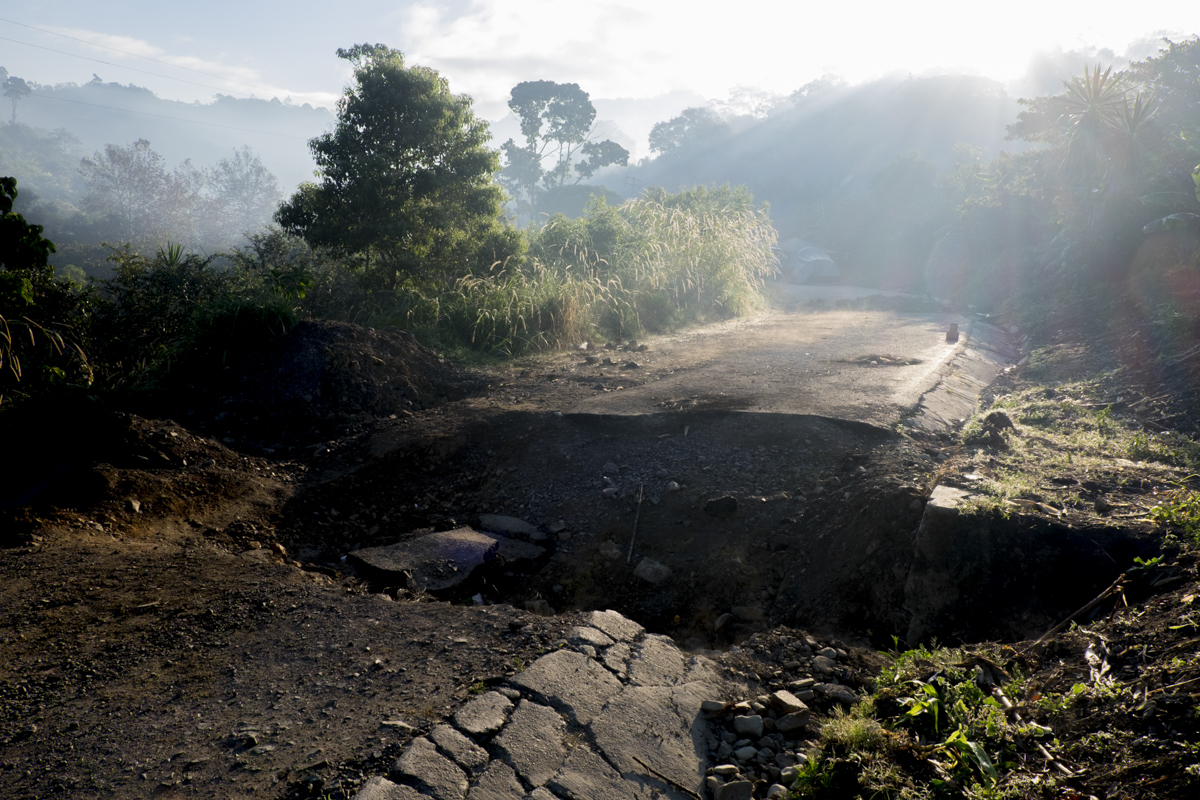They invited Luis Enrique Aguilar to photograph the feast of Santa Magdalena in Aldama, Mexico. There were rumors of conflicts, however, that time everything went well, even those from the town of San Andrés took their saint to greet their neighbors in Aldama. They didn’t know it then, but that would be the last time, after that night the internal war broke out. With it, a spiral of violence was generated, displacement and deaths multiplied. Luis set out to understand what and how those who live surrounded by violence for a long time dream. His is an ethnography of spirituality in stormy times, made in a dreamlike way, through rituals and with his camera.
Luis was born in the Federal District, but 19 years ago he arrived in Chiapas moved by the Zapatista movement and by the teachings of his uncle, an anthropologist who introduced him to the indigenous world. He seeks “to be able to communicate how indigenous peoples have an internal, ritual and psychological construction that is very different from that of cities, this being one of their great strengths in all indigenous peoples of America.” Unlike the “western system”, for the natives dreaming is a part of life, as much as working or cooking. In dreams, in addition, there are clear messages that guide them, help them to survive.
At first, Luis did not want to take photos of his own in Chiapas for fear of exercising cultural extractivism: the stories of Chiapas had to be taken and told by Chiapas, he says. For this reason he gave workshops and participated in groups. After almost two decades, he decided to move forward with his own project on this region, but with a clear and explicit point of view: showing how a foreigner behaves when he enters the indigenous world. Although that stranger has lived there for two decades, Luis Enrique continues to feel that way, and he talks about the people he photographs with the respect of an eternal apprentice.
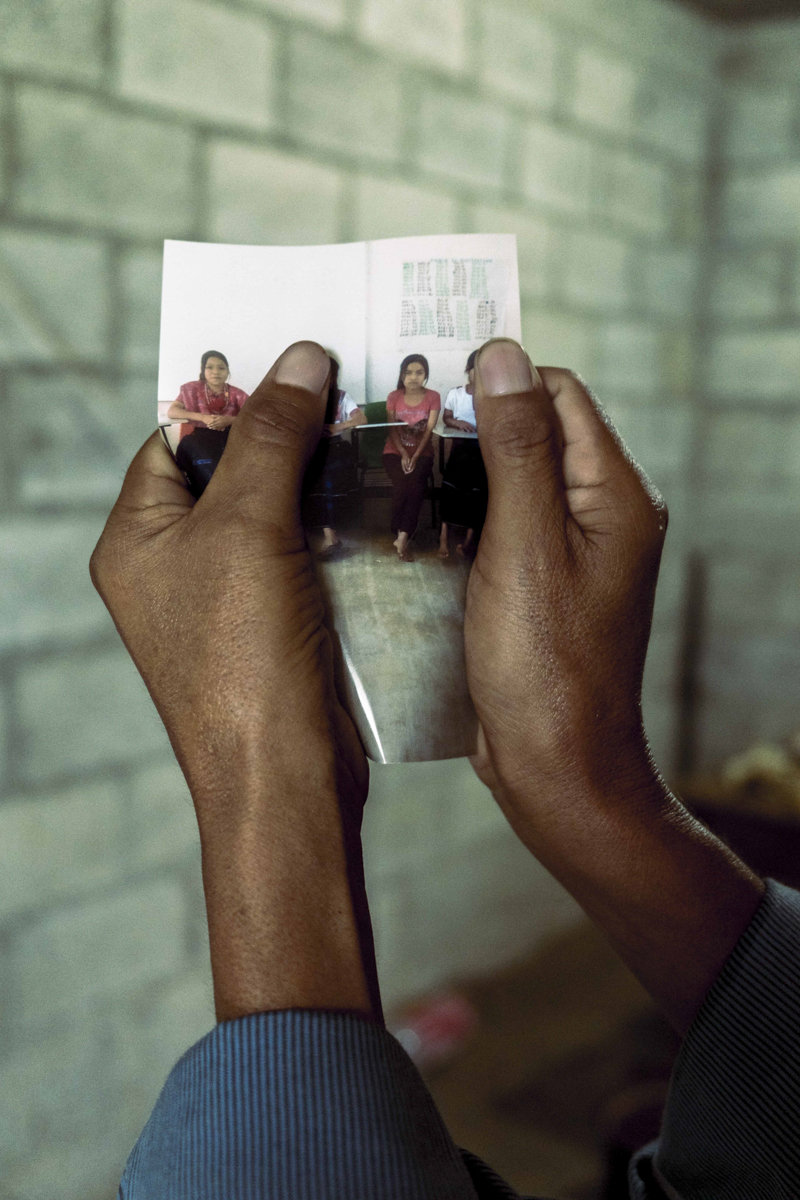

Your work goes from social conflicts to the realm of the spiritual.
All my life I had two important interests: social movement and human rituality. I ended up coming to Chiapas in 2002 mainly attracted by Zapatismo. I am from Mexico City. I studied photography at the Active School of Photography and after finishing school, a friend told me “come to Chiapas” to do social service. By then I already had my first references to photojournalism in Mexico and I wanted to go down that route. Although a few years had passed since the Zapatista uprising, the movement was still fresh.
It was then that I came here with the intention of getting to know Zapatismo. In Mexico City we read everything related to the subject and the various opinions of the media, so I was interested in being in the area of the events to be able to have my own opinion. Here I began to interact with different social organizations, with the idea of contributing with my work.
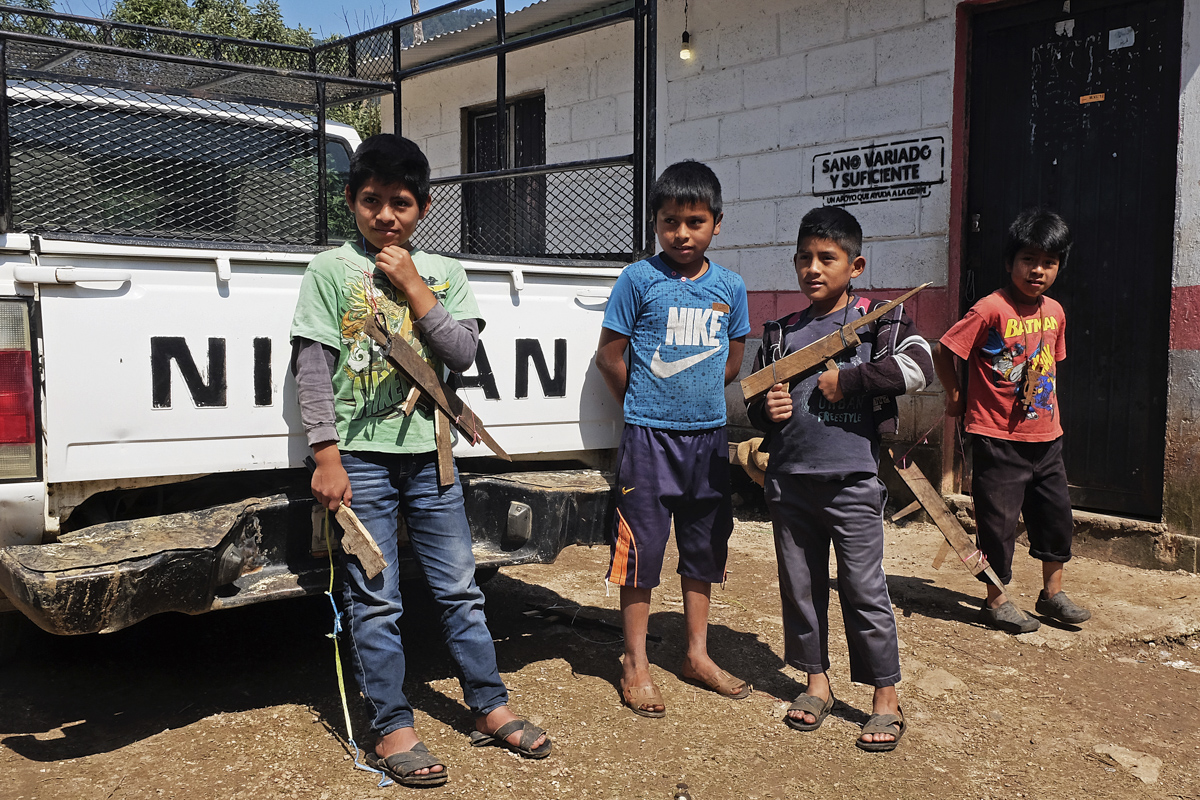
And the concern for the spiritual, how does it arise?
I have an uncle who is an anthropologist, his name is Víctor Sánchez. Living with indigenous groups in Mexico has been one of his main activities. He became involved with the Nahua and Wixárika communities, immersing himself in their indigenous ritual from which he learned another way of relating to the world. Throughout his life he has been interested in human development, approaching its study also from the side of psychology in addition to anthropology, with which he has developed a method where indigenous rituality meets the modern world, in a version in which he reviews which are the strongest points of contact for someone from the city who does not have that kind of relationship with ritual. So, since I was a child, I feel very close to indigenous peoples, to ritualism, to the way in which indigenous peoples connect with nature and how they find meaning in life.
My grandfather was a socialist. When I lived in my grandmother’s house, there was a lot of socialist literature, in parallel I had uncle Victor. In adolescence I had a moment of conflict because I read Marxist authors and somehow I thought they were opposed to my way of understanding the spiritual.
In the end, I began to realize that this type of ritual does not compete, it doesn’t clash with ideology or religion. For me it is like primary psychology: being able to meet nature and through nature –which does not have an ego and does not respond to your own needs– a different perception begins to emerge.
I believe that human beings can have a spiritual life without faith, without gods, with a rituality, a spirituality more connected to the times we live in. We already have science, but human beings keep tripping over our psychology. For me, this type of ritual is what focuses me the most, it disposes us to value other things. And here in Chiapas there are two very strong points: the ritual or spiritual world and the social movement. That for me are somehow linked
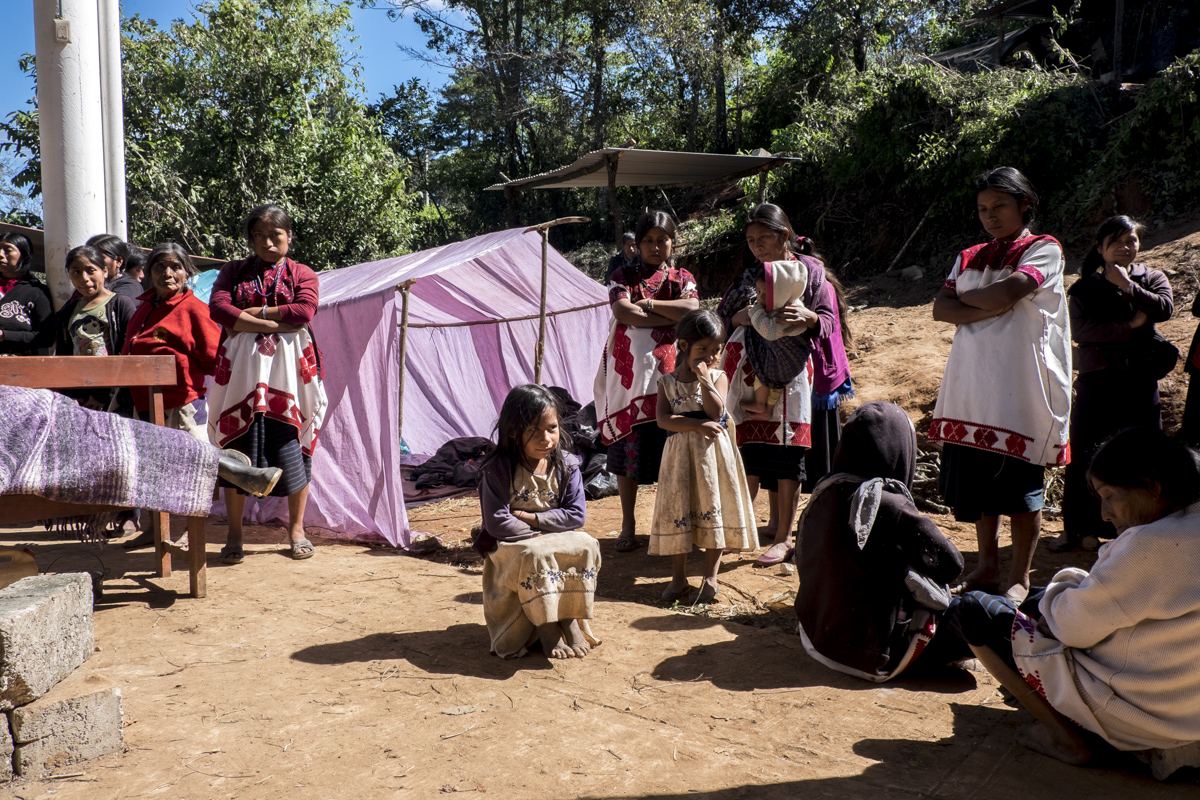
How did that begin to be reflected in your work?
Practically all of my work has a social and in some way spiritual focus, however, referring to spirituality. I said that it was practically impossible to capture what happens in these ritual moments because they are introspections. However, I did Ofrenda (Offering) precisely as part of a ritual.
For example, the Wixárikas eat peyote in their rituals. We say: “Well, we are not from the original peoples, we do not have that culture that takes ritual to a certain internal place. Drugs have usually been used for fun instead of connecting with things. Rather we use them to disconnect ”.
We began to argue that we can achieve altered states of consciousness without drug use. And we have different rituals. One that is reflected in Ofrenda is the burial of the warrior. We dig a hole in the mountain, we go there to spend the night talking to the earth, fixing matters of the soul. It is a ritual that helps very well to close cycles, introspections.
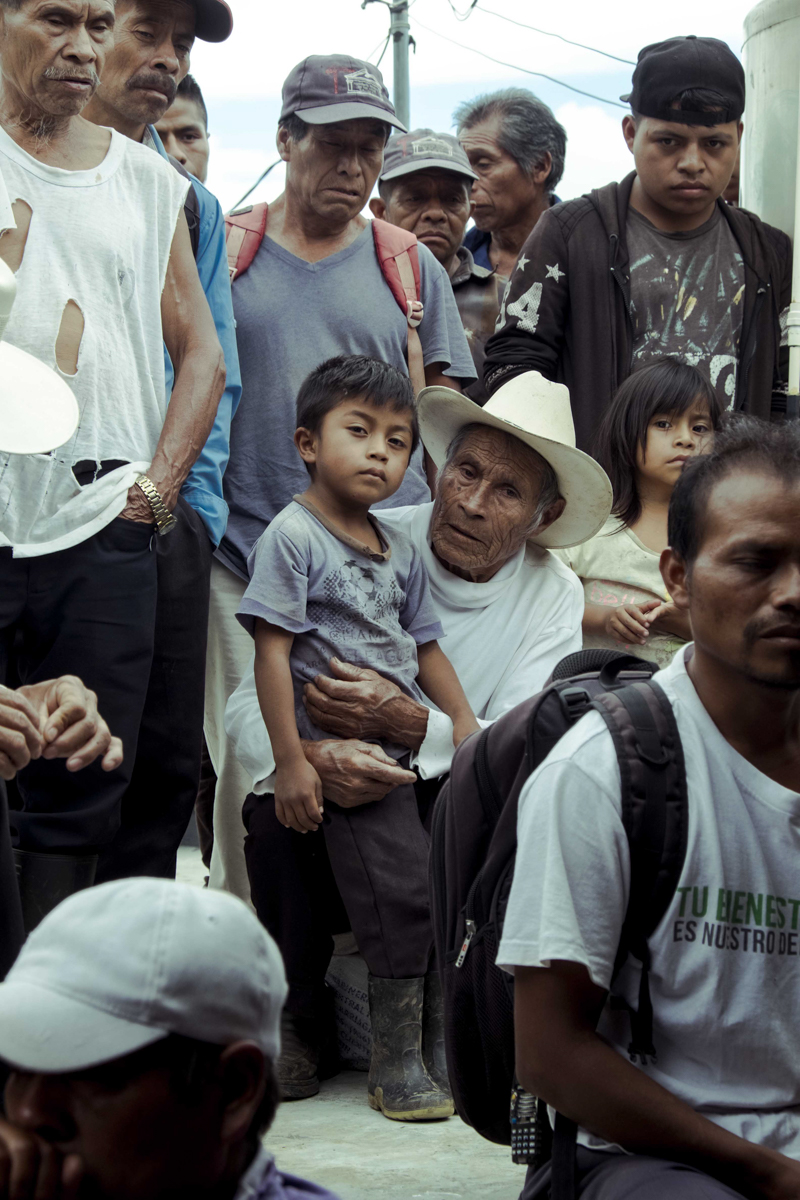
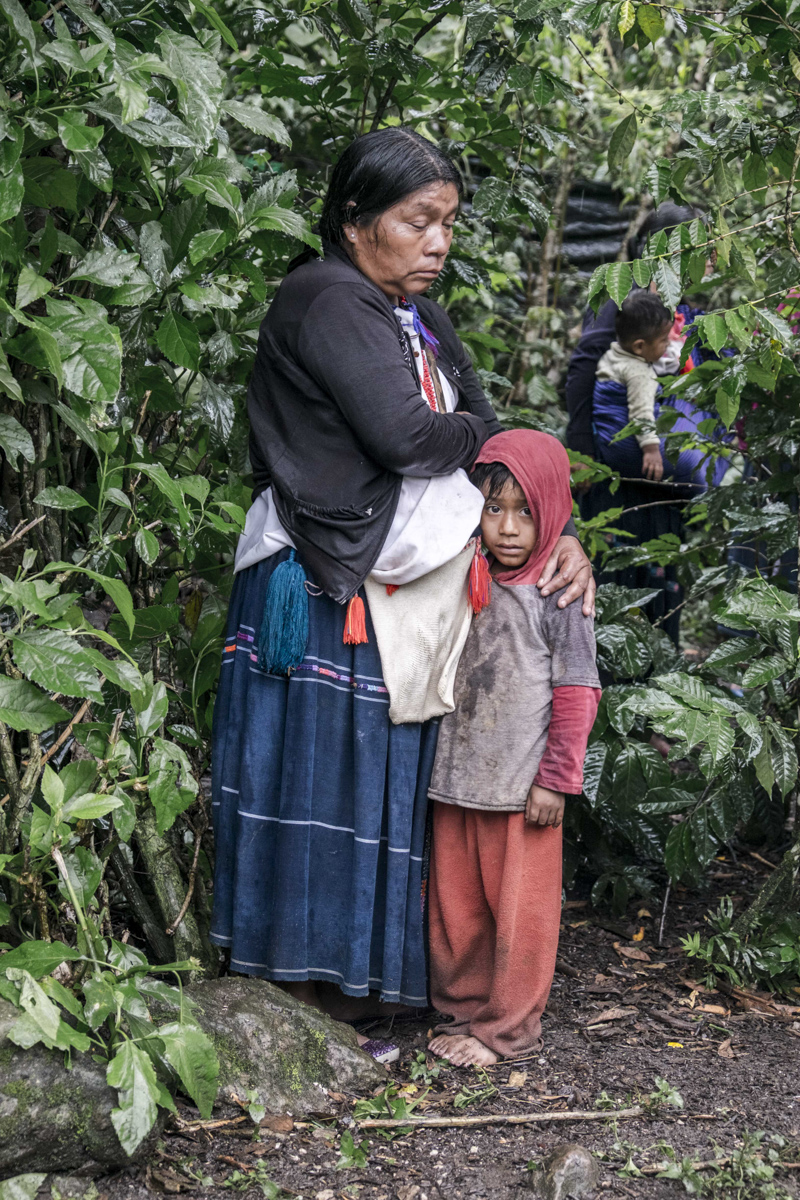
Was your construction of the link with the communities simple?
Chiapas was a very complicated space to photograph: in indigenous communities it was practically prohibited, although today it is beginning to open up a bit.
One of the myths is that when you take a photograph you steal their spirit or that anyone who walks in and takes a photo has a financial benefit later with those photos. It is a combination of beliefs of different types but deep down I think it is mixed with the social complexities of Chiapas
I believe that the Chiapas highlands have also been a conflict zone since the conquest. There have been several uprisings: the best known of our times is that of 94, they also have a very complex world. It is really difficult to understand, because you cannot reduce all the indigenous areas as if they were one: there are groups, there are different beliefs. In fact, there are many groups that are at odds within the communities and from there paramilitarism is also born.
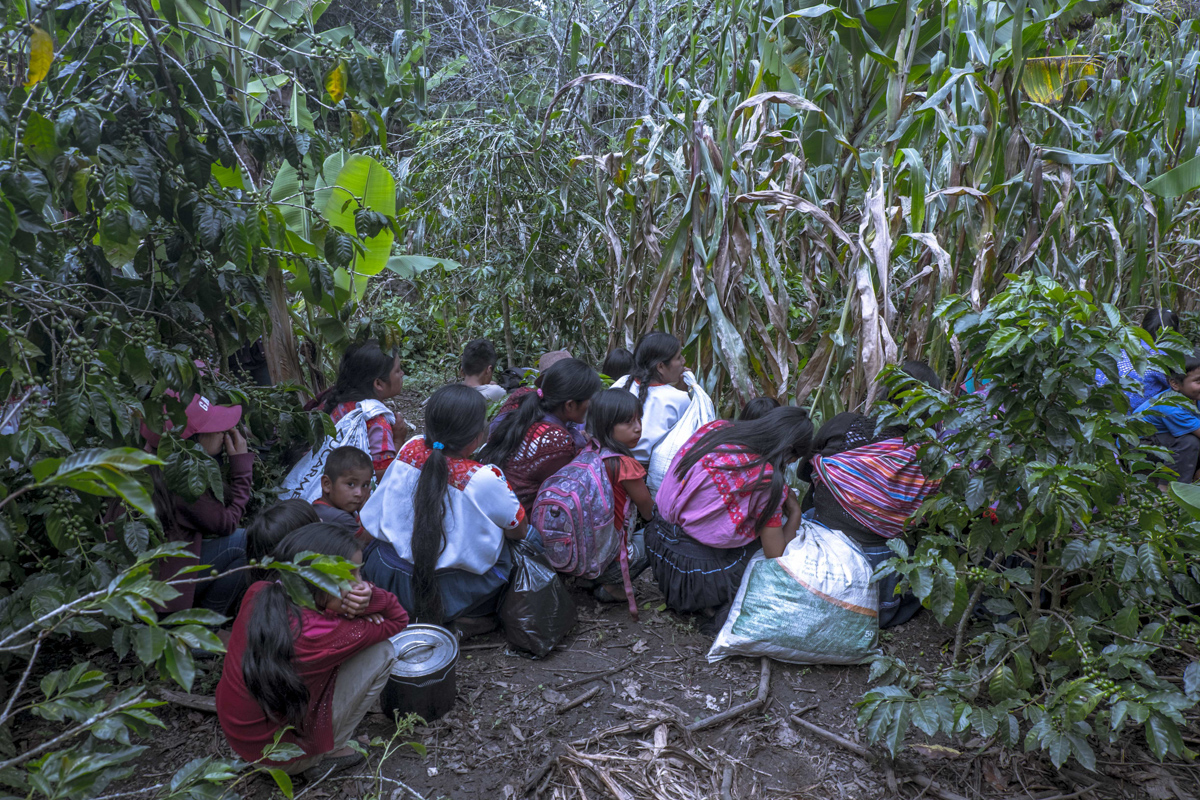
And what was your personal experience like?
The Aldama community invited me to make a photographic record of the traditional festivals. I remember that the first time I went, there were already rumors of “No! The war is about to start. There are problems!”. And in fact, that was the last festival where saints from neighboring communities came to greet Santa Magdalena because the conflict broke out and the people no longer look for each other, they cannot find each other. The social fabric between the communities is being destroyed.
There is a main character that I met named Cristobal Santis. Cristobal is a guardian of traditions that, besides, has his connection with the mestizo world. He is one of those who have a good position in the western world and in his community. He is the kind that helps negotiate things, a bridge between cultures. Unfortunately now he is a political prisoner for supporting the community members displaced by the conflict
Thanks to Cristóbal I already had open doors in the community, I started to visit, visit, visit to take pictures and try to understand more.
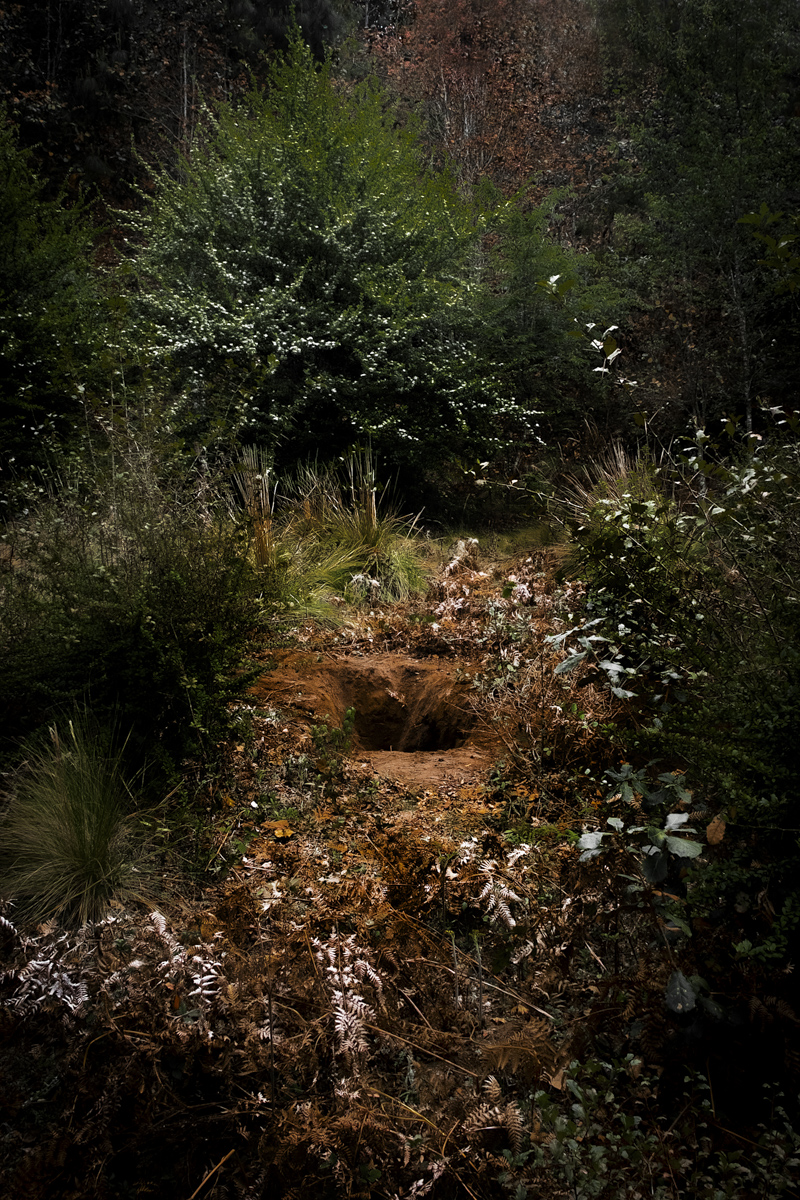
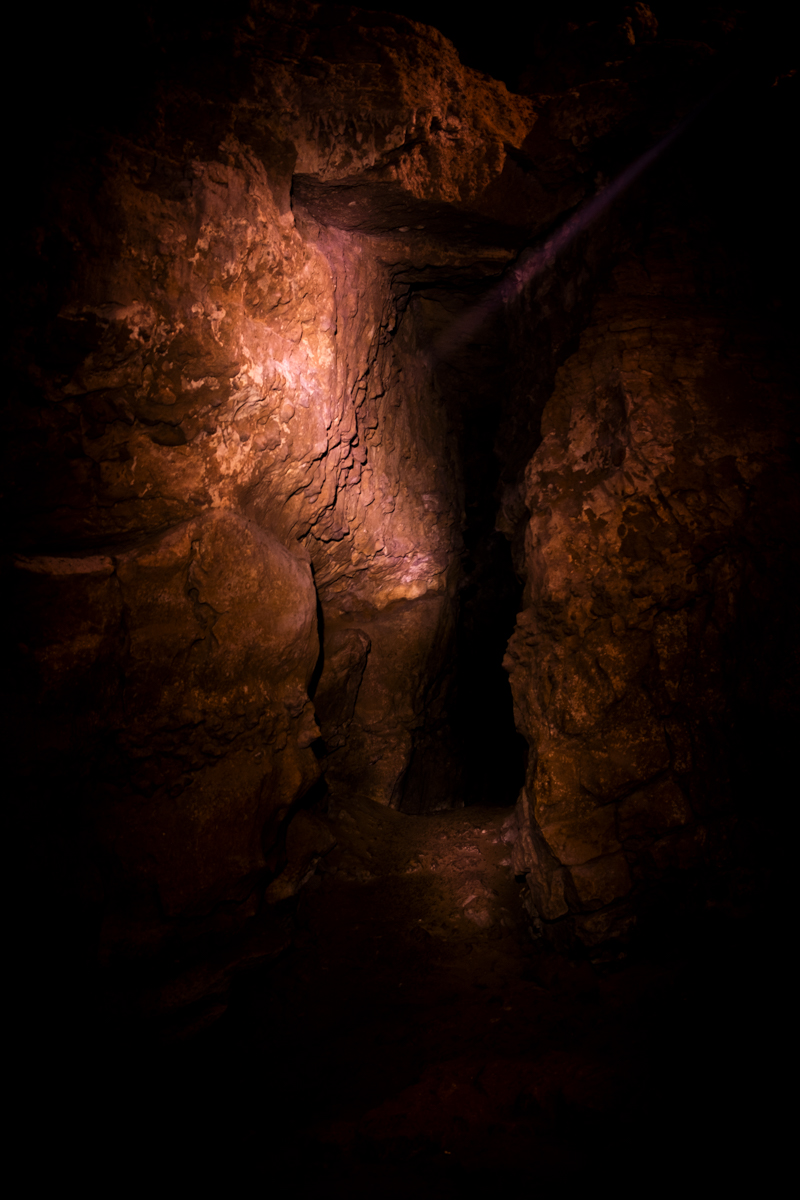
How did being an outsider influence that search?
I have been photographing Chiapas for many years. At first I refused because when I arrived in Chiapas I realized that the extractivism that exists is so strong that most of the stories that are told about Chiapas are not from Chiapas. We formed a collective and began to do workshops for the Chiapas themselves to tell their stories. I’m currently doing a job because I think that after 19 years of living here I already have a very clear opinion.
Right now I am working on a project on the Highlands of Chiapas. At work I am assuming that I am from outside. A Caxlan, which is how the mestizos are called pejoratively. In fact, the project is called Caxlan, assuming very clearly my social role in the middle of this territory. And from there the speech and reflections progresses.
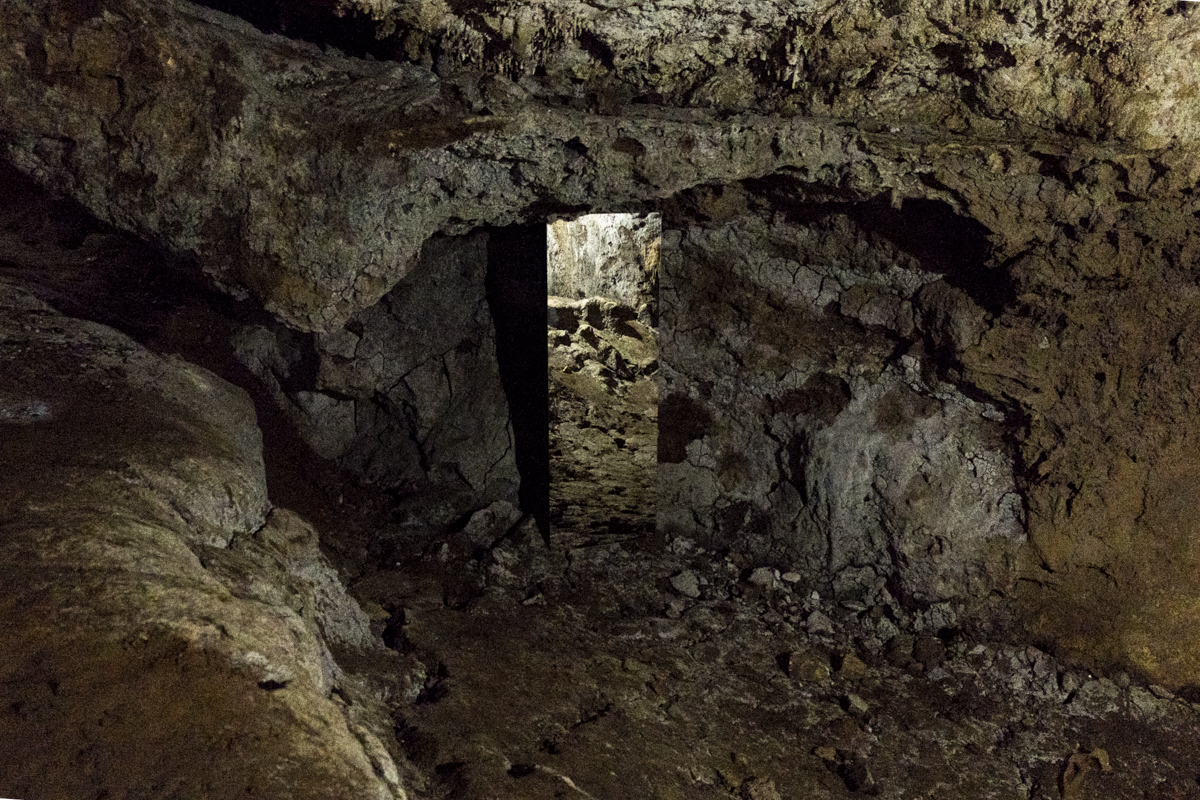
Going back to the two poles of work, the spiritual world and the physical world, how were both mixed in your project?
When the conflict began to grow, I saw that the two were related. On the one hand dreams, a world that is fundamental for indigenous peoples in general. For them the world of dreams and the daytime world are united: in dreams there are clear messages of what is going to happen, premonitions. That is where I say “I want to see what these people are dreaming in the middle of shootings and displacement.” And so the idea of bringing the two things together was created.
It was also a very clear moment to be able to communicate how in the native peoples the construction of ritual and psychological internal action is very different and that is what for me is one of the great strengths of the native peoples of all America.
This spirituality is very pragmatic. It is part of life: cooking, dreaming, working, going to school. Those of us who are educated in the western or white system, or whatever we call it, what we did was confine spirituality to Sundays and separate it from everyday life.
In the villages the moment of eating was a ritual, the moment of bathing in the temazcal was a ritual, but not a ritual as we understand it now in this New Age era. For us it’s like we go to the temazcal and we dress in white, some chants, we put on necklaces: we make paraphernalia, we do a ritualizing performance. In the native peoples the ritual is daily. For me, ritualizing has to do with how you place your attention on the act you are doing.
I believe that what we know as ‘Western thinking’ is consumer thinking; things cease to be ritual, objects, food, friends, even drunkenness. And I feel that in large cities we have lost that ritualization. You can even pay for your forgiveness.
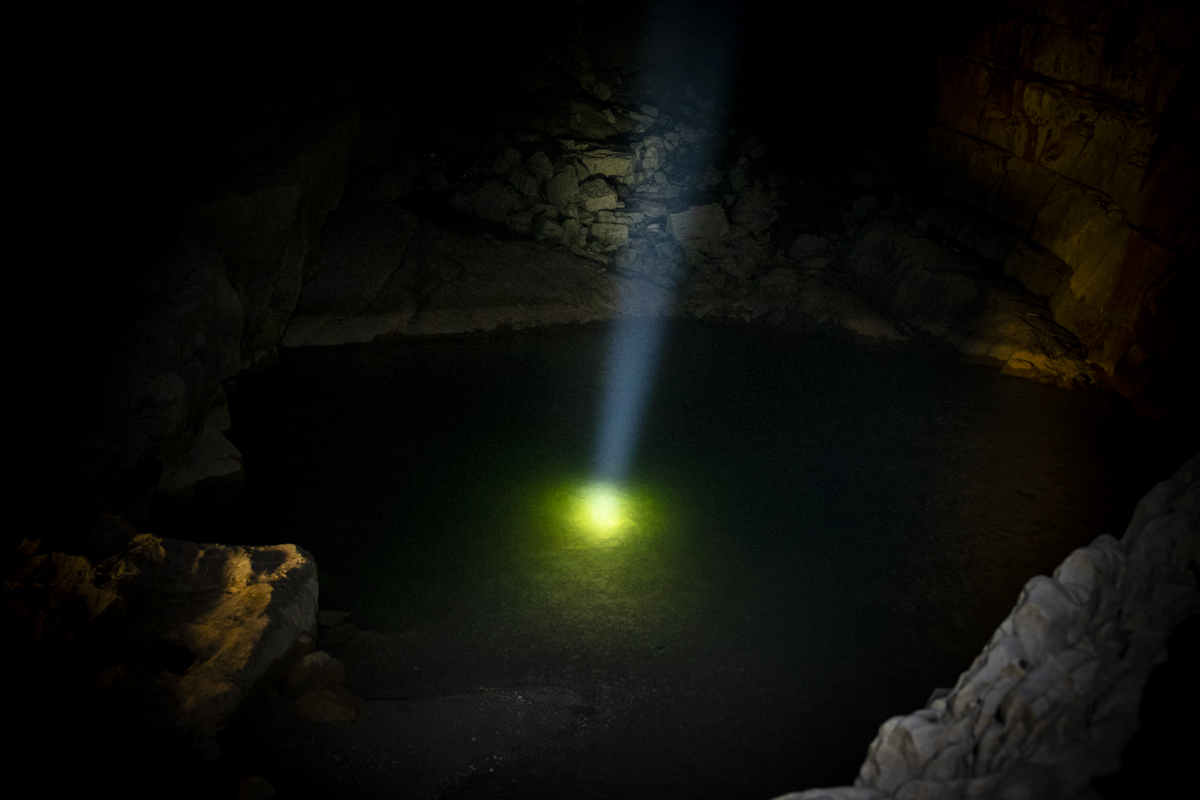
Sure, and there they dream that they have to leave to survive.
Yes, but curiously this town is not leaving; they are holding on. In fact, the people of the UN came and the situation did not seem serious to them, because what is happening is a type of displacement that they call “intermittent.” When the shootings begin, everyone flees to the mountains where they camp. They are resisting, but they can hardly return because they do not want to lose their houses, their land, which puts them in extreme danger. But yes: through dreams they are being told ‘be careful, you are going to die or someone is going to die’. It is a way of being alert.
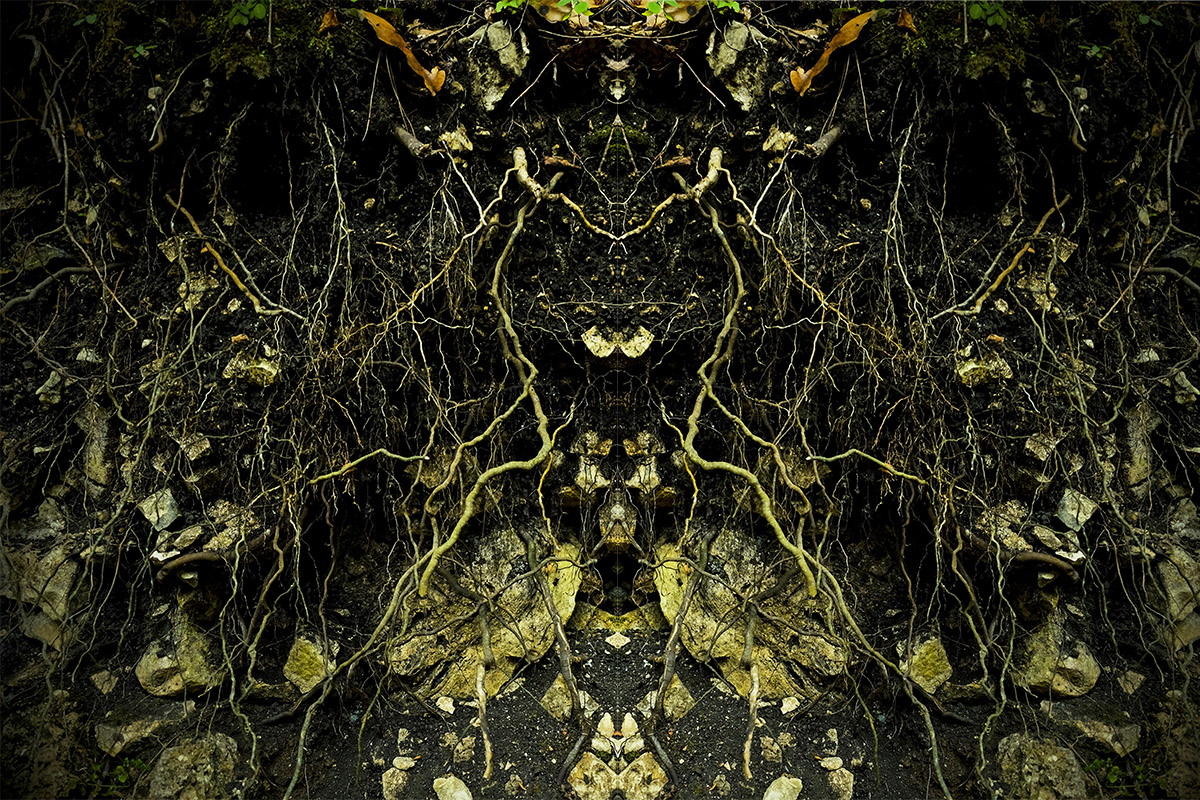
How did the conflict originate in this particular town?
That is very complex to understand. Here we all wonder which of the theories it can be, but there are clear facts. One is that in the nineties, when the Zapatista movement grew, one of the government’s strategies that saw itself in a fight, because more and more indigenous people were joining the movement, is to create new municipalities.
In San Andrés, which was a Zapatista stronghold, they created new municipalities that received direct money from the state and that helped to mitigate the insurrection.
Chenalhó also has its history: just as San Andrés was very Zapatista, in Chenalhó there are also some Zapatista sympathizers, but most of them are not. In fact, the paramilitaries that carried out the Acteal massacre came from there.
Today’s paramilitaries are, they say, groups similar to paramilitaries since it cannot be verified that they have been trained by the military forces. What is a fact is that they are family, that they are contacts and acquaintances of the paramilitaries of the 90s. The weapons that were used for the Acteal massacre were never found.
In the case of Aldama and Chenalhó, there are discrepancies on the limits since the new municipalities were created, but historically a river that divides the communities has been the border for generations
That is the first conflict for which everything is activated, although in the background it is very rare because these armed groups from Chenalhó not only have conflict with Aldama, but also against other communities that are around and they are the ones who are armed, they are the ones who are committing violence.
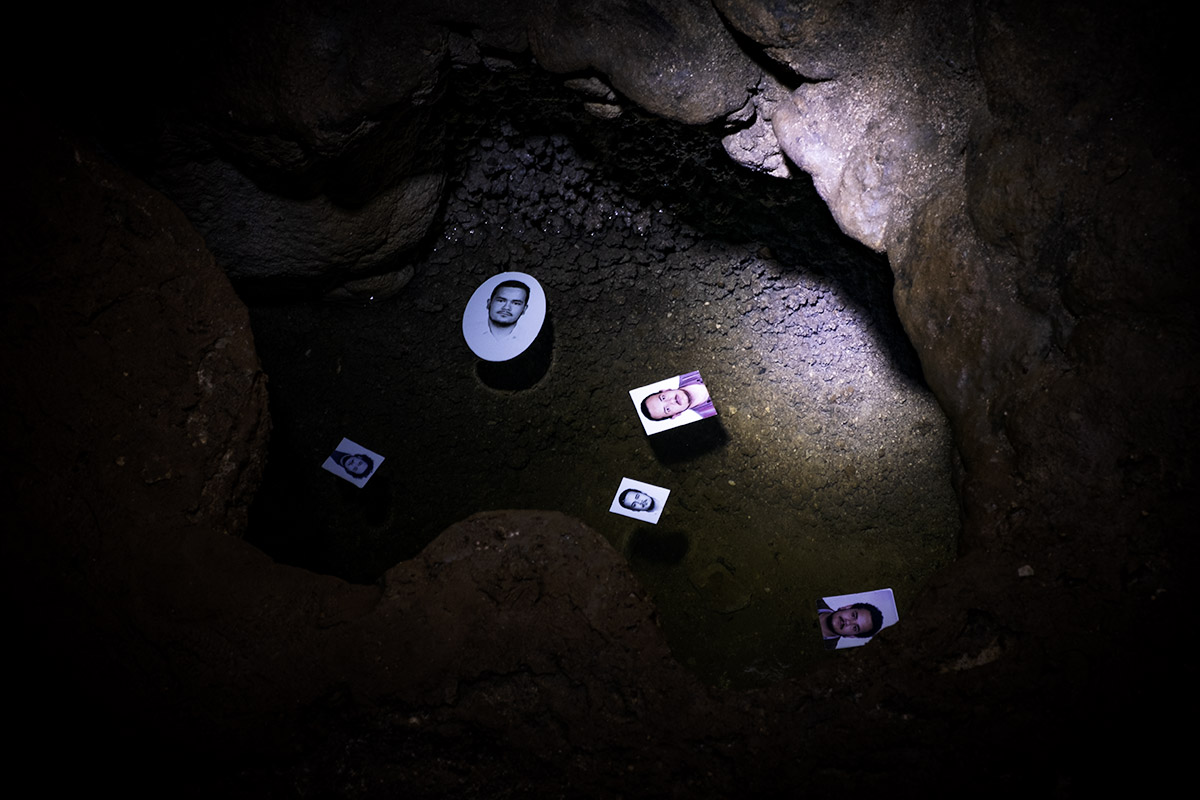
Returning to the subject of photography and dreams, Jorge Panchoaga told us in an interview that society condemned photography to only having to reproduce reality and that the challenge was how to photograph what cannot be seen. It gives the feeling that you are moving away from that mandate to reproduce visible reality.
I think that before I had that mandate to reproduce what we call super-tied reality. I hardly even talked with my friends about the rituals I learned as a child. I went to the mountains with my family, with the people with whom I made my offerings and then returned to my daily life. It wasn’t something I shared much. When I suddenly said “well, I’m going to do a project about this important part of my life”, at first I felt very uncomfortable. I went to do rituals to ask for permission.
The image that helped me a lot is that of Nierika. Let’s say that commonly, as we mestizos know it, Nierika are small squares of yarn that the Wirarikas make. They make them as an offering before going on a pilgrimage reflecting what they hope to find or after these, on the visions they received.
So I said “well, I’m going to enter that way, I’m going to create my Nierikas”: images that live within me, that give me direction and ritualize the path I want to take, images of what I want to find in these rituals.
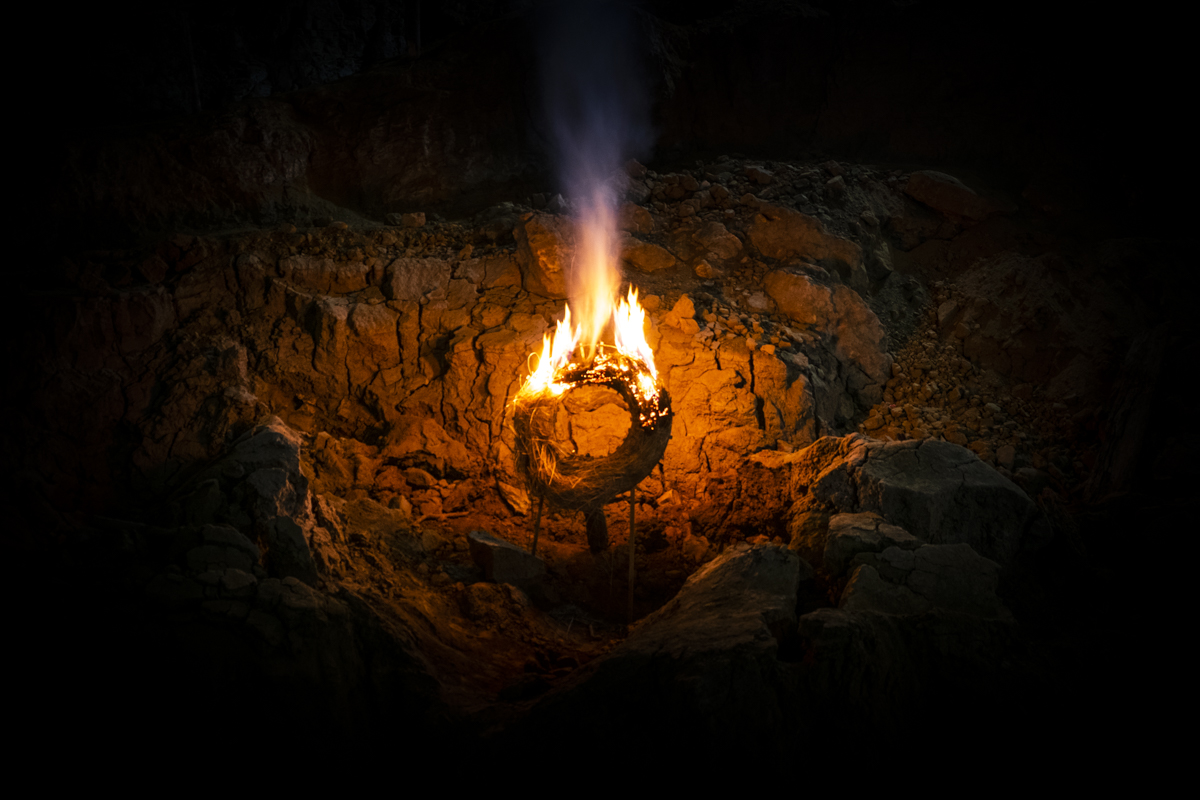
First you photographed your own intimate rituals in Ofrenda, but then you shared it by reconstructing the dreams of others. How did you manage to turn it into something collective, and have other people tell you about their dreams?
It is very difficult for someone to tell you. For example, in some of the original peoples the word devil is never mentioned. To name evil is to invoke it, to attract it. It is the same with nightmares and in times of war good dreams are rare.
Now quite a few journalists are arriving in the region. So it is very rare because they are asking for hard data and when my turn comes I ask “hey, I want to ask you if you dreamed”. Even journalists see it as strange.
In the end I explain to those who know me that it is a different way of communicating. Then they tell me and from there I try to create the image that evokes the dream they are telling.
The project is on its way. It is not yet fully developed. The idea is to be able to show the world of the heights from the gaze of the foreigner, assuming myself as the caxlan. Because, in a way, we continue to colonize the peoples over and over again. Even I, who try to arrive with all due respect. There is a strong clash between cultures, we have to build bridges.
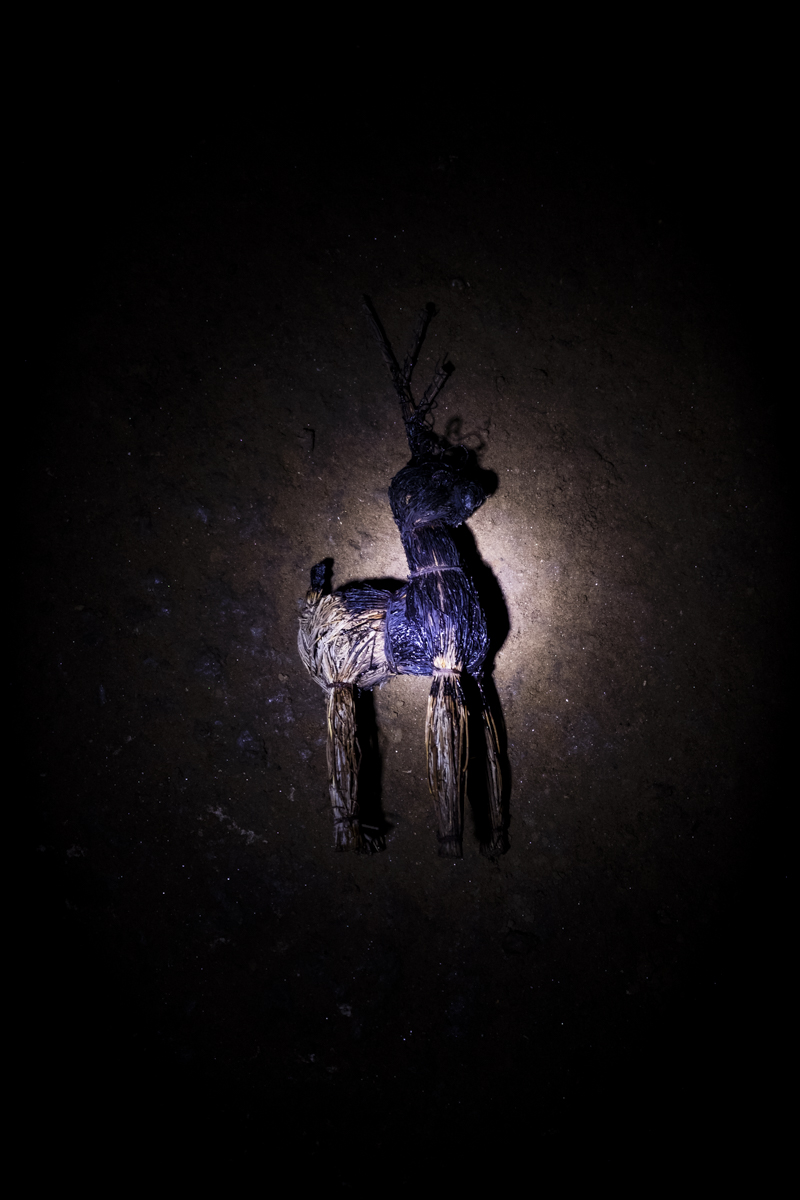
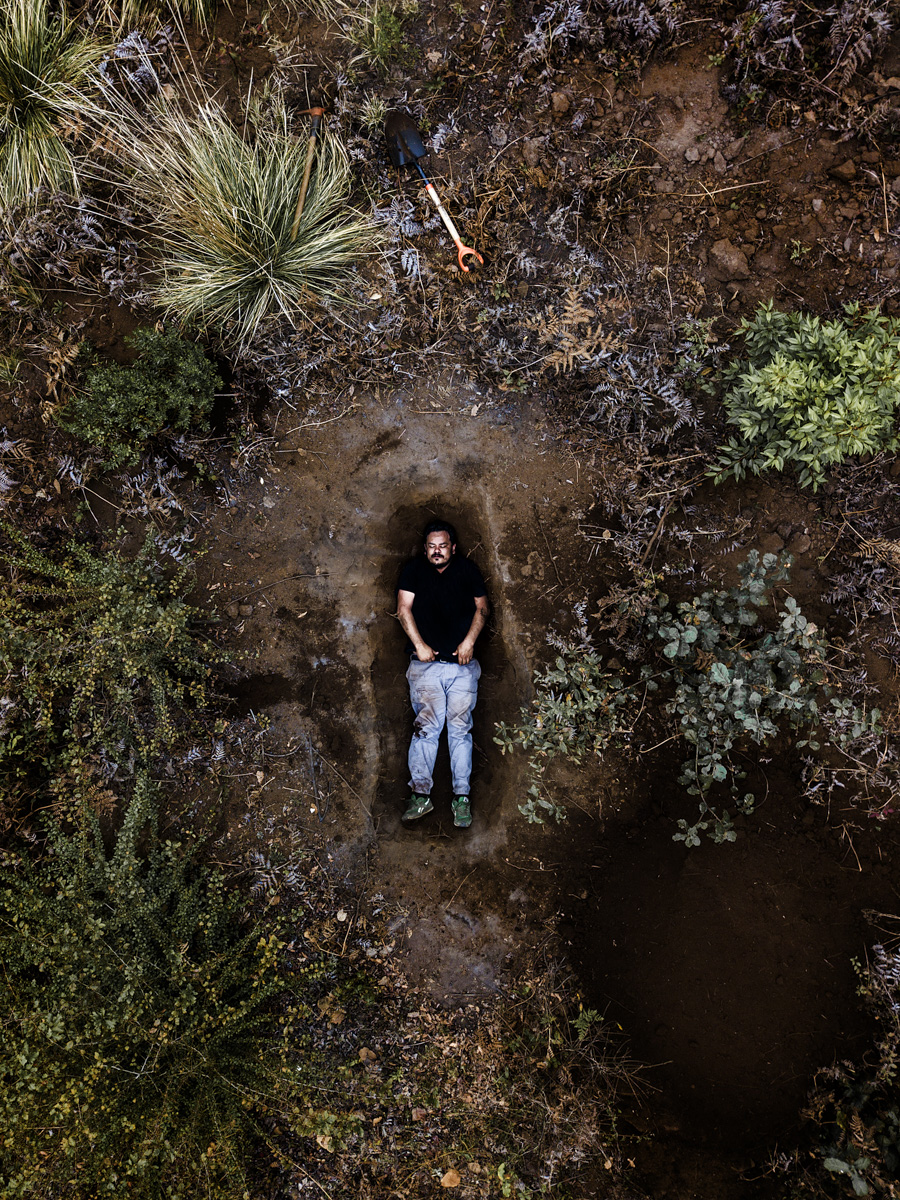
Why do you say that you are far from understanding?
¡Hijole! Because the history and the things that have happened, the disadvantages, the inequality that there has been in Chiapas is huge, especially with a people that has had more than 500 years of resistance. So for me it is important to assume that I am only 19 years old trying to understand these things.
I think that where we all come together, where there are no barriers, is in ritual. Because when we are in the middle of a ritual we are all the same, we are all naked and our spirit in front of the ritual and thus we bring it to the everyday.
